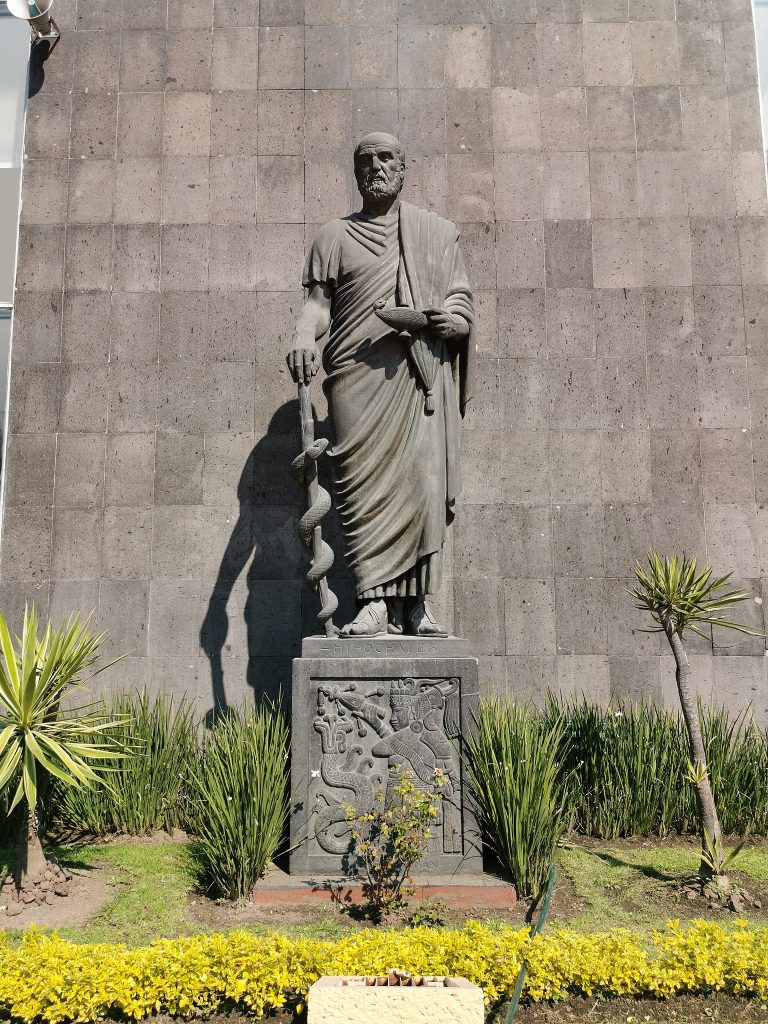180 Euthanasia
Martha Lally and Suzanne Valentine-French
Euthanasia is defined as intentionally ending one’s life when suffering from a terminal illness or severe disability (Youdin, 2016). Euthanasia is further separated into active euthanasia, which is intentionally causing death, usually through a lethal dose of medication, and passive euthanasia occurs when life-sustaining support is withdrawn. This can occur through the removal of a respirator, feeding tube, or heart–lung machine.
Physician-assisted suicide is a form of active euthanasia whereby a physician prescribes the means by which a person can die. The Government of Canada announced in March 17, 2021 that medical assistance in dying (MAID) was officially in force. The new law includes strict eligibility criteria, procedural safeguards, and stringent data collection. Physicians and nurse practitioners can provide MAID while pharmacists, family members, and other healthcare professionals can help. The federal legislation cannot force any person to help provide medical assistance in dying against their wishes. MAID can be done through substances that are directly administered or through the prescription of drugs that are self-administered. A person must be eligible for healthcare services in Canada (meaning visitors to Canada are ineligible), be at least eighteen years old, have a grievous and irremediable medical condition, have made voluntary request for MAID, and have been given informed consent. If mental illness is the only medical condition under consideration, one is not eligible for MAID.
The US government does not legislate physician-assisted suicide as laws are handled at the state level (ProCon.org, 2016). Six states currently allow physician-assisted suicide. The person seeking physician-assisted suicide must be: (1) at least eighteen years of age; (2) have six or fewer months until expected death; and (3) obtain two oral (or least fifteen days apart) and one written request from a physician (ProCon.org, 2016).
Since 1997 when the law was passed in Oregon, 1,545 people had lethal prescriptions written and 991 patients had died from the medication by the end of 2015 (Oregon Public Health Division, 2016). Canada and several European countries, including Switzerland, Belgium, Luxembourg, and the Netherlands, also allow physician-assisted suicide. As of 2014, Belgium is the only country that allows the right to die to those under the age of eighteen. Stricter conditions were put in place for children, including that the child’s parents must give their consent, the child must be suffering from a serious and incurable disease, the child must understand what euthanasia means, and the child’s death must be expected in the near future (Narayan, 2016).

The practice of physician-assisted euthanasia is certainly controversial, with religious, legal, ethical, and medical experts weighing in. The main areas where there is disagreement between those who support physician-assisted euthanasia and those who do not include:
- whether a person has the legal right to die;
- whether active euthanasia would become a “slippery slope” and start a trend to legalize deaths for individuals who may be disabled or unable to give consent;
- how to interpret the Hippocratic oath and what it exactly means for physicians to do no harm;
- whether the government should be involved in end-of-life decisions; and
- specific religious restrictions against deliberately ending a life. (ProCon.org, 2016)
Not surprisingly, there are strong opinions on both sides of this topic. According to a 2013 Pew Research Center survey, 47 percent of Americans approve and 49 percent disapprove of laws that would allow a physician to prescribe lethal doses of drugs that a terminally ill patient could use to end their life (Pew Research Center, 2013). Attitudes on physician-assisted suicide were roughly the same in 2005, when 46 percent approved and 45 percent disapproved.
Media Attributions
- Figure 10 10 © ProtoplasmaKid is licensed under a CC BY-SA (Attribution ShareAlike) license

